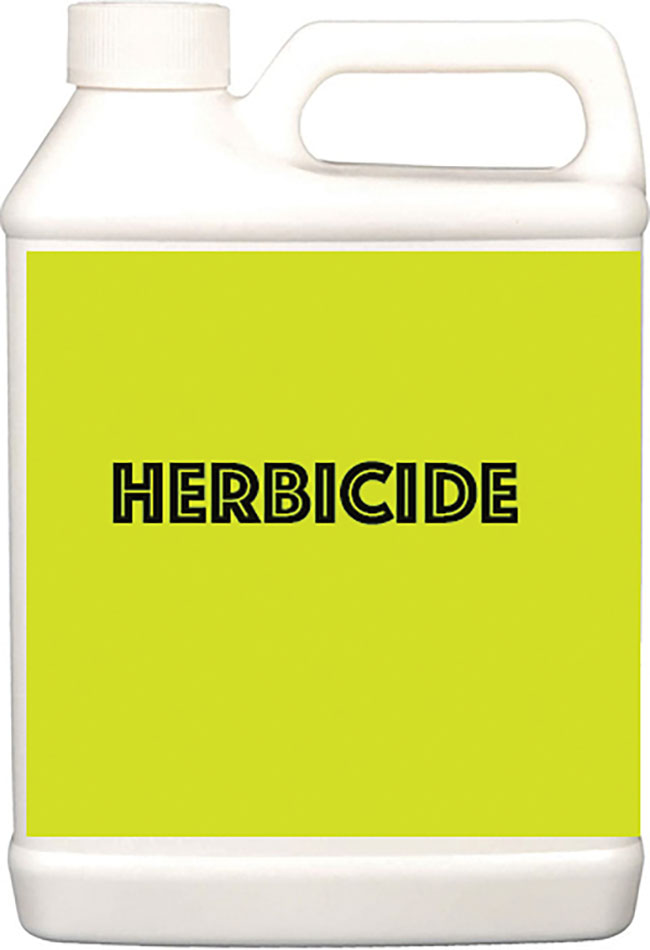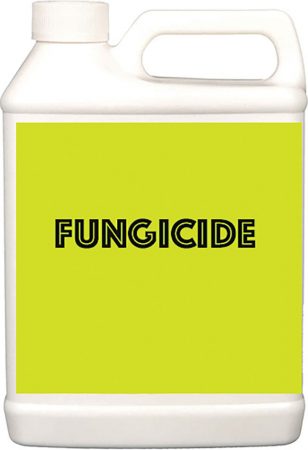
Features
Profiles
Health & Safety: Safe handling of pest control products
September 1, 2021 By CCOHS
 Photo by Mike Jiggens
Photo by Mike Jiggens No matter if it’s spring, summer or fall, trying to maintain and grow a lush lawn, landscape or golf green can require skill, patience and some help from pesticides and fertilizers. Although they can be a regular part of landscaping and groundskeeping, pesticides and fertilizers can still pose many hazards to workers if the appropriate controls are not implemented.
Exposure to pesticides and fertilizers can cause health issues from minor skin irritations to serious injuries and diseases, and even death. These products can harm workers by entering the body through skin contact (e.g. handling or applying without gloves or protective clothing), inhalation (e.g. breathing in spray during application), or ingestion (e.g. not washing hands or face thoroughly before eating, drinking, or smoking).
Because handling and applying these chemicals can be such a common task for certain workers, it’s incredibly important that each and every worker knows the hazards of their job duties, the risks of working with pest control products, and the control measures to work safely.
Identify the risks
Did you know that workers may be exposed to pest control products without even realizing it? Workers, who may not have worked directly with pesticides, may unknowingly be exposed if they’re working downwind or in the same area that pesticides are mixed. They can also be exposed if re-entry procedures, which outline the minimum amount of time that must pass between pesticide application and the time when people can go into the area without protective gear or clothing, have not been established or communicated.
Using pesticides may also affect reproductive health, so all workers who are or may become pregnant need to know about the risks of exposure. Some pesticides may also pass into breast milk. Any nursing or pregnant workers should check with their doctor to understand what it means for their health, and that of their family, too
The likelihood of becoming ill from exposure to pesticides depends on a number of factors, including the type and amount of material being used, the concentration and length of exposure, and how it entered the body. Employers are legally required to provide workers with the knowledge and training they need to work safely, including how to identify and control potential hazards in the workplace.
Train all workers
Occupational health and safety training should use clear language that is suitable for the worker’s age, ability, reading level, and language preferences. Workplaces can also use visual aids to support training, if needed.
Training must include education on the health effects, safe use, and storage of pest control products. All labels must be clear, legible, and available in both French and English. Workers should be able to answer the following questions:
- What are the hazards of the product?
- How can you protect yourself?
- What should you do in the event of an emergency (such as a spill)?
- Where can you get more information?
Share the signs

Photo by Mike Jiggens
Knowledge is power. Workers should be aware of the potential risks and health effects of prolonged or over-exposure, including any acute effects, which occur shortly after exposure, like skin or lung irritation, and long-term effects, like cancer.
General symptoms of pesticide and fertilizer exposure can range in severity, and workers should know what to look for: irritation of the nose, throat, eyes or skin; headache; dizziness; vomiting; excessive salivation; coughing; feeling of constriction in the throat and chest; the inability to breathe or rapid breathing; and chemical burns.
Workers also need to be trained on what to do if they suspect that they or a co-worker have been exposed. This training should include contacting a supervisor or manager to report the incident, and seeking medical attention, such as calling the local poison control centre, or going to the hospital in the event of a medical emergency.
Prioritize worker safety and control the hazards
Employers must implement controls to protect workers. Perform workplace assessments to identify opportunities to minimize exposure to pesticides and fertilizers. Then, put the appropriate work practices into place, such as substituting a pesticide for a less hazardous product.
The Canadian Centre for Occupational Health and Safety (CCOHS) promotes the total well being of workers in Canada by providing information, training, education, systems and solutions that support health and safety programs and injury and illness prevention.
www.ccohs.ca
Print this page